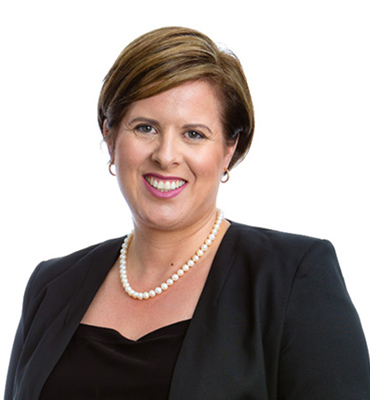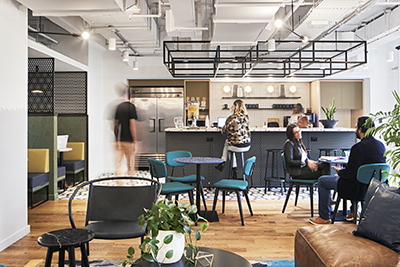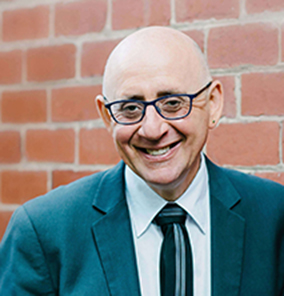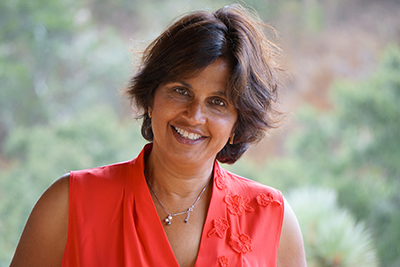By Chris Hare >>
AS ADVANCEMENTS in technology plough ahead and the business world becomes increasingly interconnected, leadership is now more complex than ever. With this rapid and constant change, it can be challenging to get executives on the same page when it comes to navigating business strategy.
In fact, almost all businesses have strategy struggles. Of course there are some who are unable to think about next quarter, much less next year, but even companies with an enunciated strategy often lack alignment.
The problem is that the executives either do not agree with the strategy or have contrary views of what it means. That is because most strategies focus on broad financial outcomes and product or project milestones, leaving the interpretation of what each function needs to do to each executive.
Leadership must move beyond vision statements and financial forecasting into modelling scenarios that bring together the two key elements of business: the activities that underpin success and the people required to make it happen. 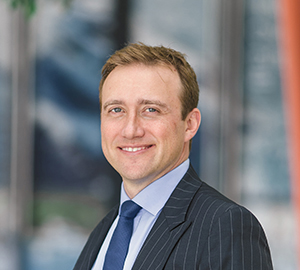
SCENARIO PLANNING
The key vehicle responsible for executive strategy is the workforce, so leaders must become better at intelligent uses of technology for scenario planning. This means using Strategic Workforce Planning (SWP) to achieve clarity and align the leadership team to execute strategy effectively.
According to a recent study by Accenture, only 55 percent of executives say their organisation does scenario planning at best annually. The same study also shows that 61 percent of executives say they are not well prepared to change the workforce skill and job mix to transition into a digital business.
Also, according to a CFO study by Deloitte, for many companies, the top three risk areas in strategy execution are:
Failure to adequately translate the strategy from high-level ambition to specific actions the organisation must take to make that ambition a reality;
Failure to appropriately adapt the strategy when conditions change; and
Failure to put in place the organisational capabilities required to sustain the strategy after it is enacted.
These findings are no surprise, as many large listed companies are faced with major misalignment in business strategy execution between the CEO, COO and CFO.
UNCOVERING MISALIGNMENT
A common theme uncovered by SWP is the misalignment across the leadership team on what capability and capacity change is required to effectively execute the business strategy.
This is a huge risk for investors and boards when trying to assess management’s ability to deliver its own plan.
Dynamic scenario modelling of SWP is a powerful tool in bringing executives around the table and driving invaluable conversation. This is because it takes executives through a joint conversation on critical activities that are required for plan delivery.
They are comfortable debating BAU (business as usual) volumes and potential business disruption if a model is in front of them. Even better when it then denominates the outcome in something they all understand, people.
Knowing the degree of change in people required helps the business determine how realistic the strategy is and what is going to be required to make it happen.
As in Synchronicity by Joseph Jaworski, “a managers’ inner model never mirrors reality . . . it is always a construct. The scenario process displayed through modelling is aimed at these perceptions inside the mind of a decision maker. By presenting other ways of seeing the world, decision scenarios give managers something very precious: the ability to re-perceive reality, leading to strategic insights beyond the mind’s reach”.
This dynamic really aligns the workforce with the business and with finance. It provides a quantitative basis for intricately understanding the workforce, facilitates great discussions and most importantly creates a call to cohesive action to ensure successful strategy execution.
QUANTITATIVE STRATEGY
Unlike other methods, SWP is particularly useful as a foundation for driving clear conversations. It articulates workforce demand and enables the businesses to see the necessary workforce to align with strategy.
With the workforce being not only the largest cost for most organisations, and arguably the biggest asset, the need for the C-suite to intricately understand and proactively plan for the future is critical.
Executives who fail to employ SWP will lag behind, as SWP provides a clear mandate for businesses building a future view of the workforce. This is even more critical in the face of the future of work, technology and automation, where understanding the capability and retraining opportunities will be needed to ensure organisations remain competitive.
However, the roadmap laid out by the external lens provided by future of work is useless if companies do not consider their own context. They must integrate the external view with their own business planning and labour composition to understand how to achieve.
Only SWP brings these elements together.
IMPROVED DECISION MAKING
The value of being able to quantitatively understand workforce needs cannot be underestimated.
If you were to ask executives if they knew what workforce their organisation needs today, it is likely the answer would be no. The majority of companies are flying blind, rolling out business initiatives that they often don’t even know they can execute.
Being able to identify the value of different initiatives in the context of critical business drivers gives executives the insight to prioritise and plan. By integrating financial principles, SWP ensures every decision is commercially grounded. This enables executives to make decisions that align workforce initiatives and optimise their success.
SWP enables executives to nuance the dynamics of workforce supply and demand to proactively determine the best initiatives across not only the traditional build, buy, borrow suite, but also which segments they need to focus on for retention, what they should eliminate in a coherent context and which productivity and efficiency initiatives will have the most impact and where.
ROADMAP FOR THE FUTURE
Executives who employ SWP have an informed view of business strategy versus the workforce, integrating all elements in a dynamic and predictive construct to centre the conversation on strategy, planning and action.
It is with these insights, executives are able to align their focus in delivering imperatives in the constantly changing contexts their company operate within.
The power of decision scenarios as a critical strategic business tool is the greatest advantage of SWP.
Take the case of Royal Dutch Shell Group of companies. Their system of scenario planning is acknowledged to be one of the best strategic planning systems used today and has been credited for turning around its business performance.
At Shell, planning for the future is done through scenarios, which not only enables superior decision making, but also facilitates alignment between management teams who are all perceiving things through their own lens.
SWP crystallises the strategy and actions needed to achieve the desired outcome. Through dynamic scenario workshops, SWP forces a shared view of the more detailed activity projections and creates an understanding of the resourcing and capability change required to achieve.
With technology already changing the way we work, which will only keep changing exponentially, it is essential for executives to plan for the future of their workforce now.
By building this understanding with SWP, executives are better equipped to align business strategy and execution.
www.qhr.com.au
About the author and QHR
Chris Hare is the co-founder and director of Quantitative HR (QHR), a business leading the market in applying the latest strategic workforce planning and HR analytics approaches to enable clients to unlock the value of their human capital. QHR translates client business strategies into workforce implications to form commercially-grounded, targeted action plans. QHR has worked with clients such as Telstra, Optus, Transport for NSW, ING and Ausgrid. www.qhr.com.au
ends
